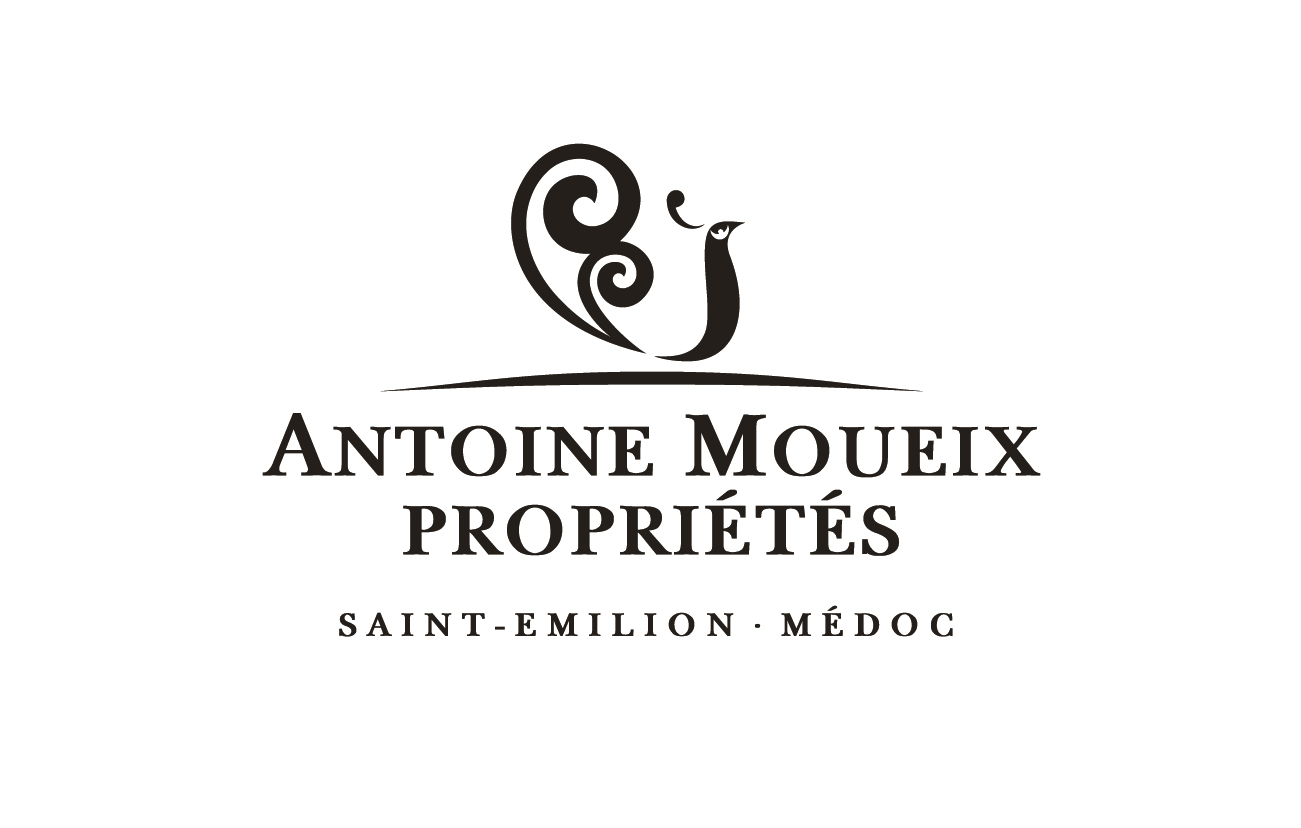The two varieties are worked and harvested with equal care, before vinification and maturing in the same cellar, at Château Capet-Guillier.
Château Capet-Guillier is one of the emblematic and characteristic wines of the Grands Crus de Saint Emilion, and results from rigorous intra-plot selection. Deep, purplish colour with a nose which offers crisp black fruit aromas enhanced by a fresh bouquet. Structured and rich on the palate with a long, crisp finish, tannins are present and will improve over time. Representative of the great wines of Saint Emilion, this wine has excellent ageing potential.
Tour de Capet offers fruity wines. Purple in colour with a nose which reveals aromas of crisp black fruit (blackcurrant, blackberry, blueberry) and spice (cinnamon, vanilla, cloves). The palate is supple and silky, revealing black fruit and spice, with medium acidity and fine, silky tannins for a pleasant finish. This wine will soon be expressive and seductive.
History
François Royer, mayor of Saint-Emilion, became the first owner of the Maison de Capet.
Jean Taillade, Jurat of Saint-Emilion, became owner of Château Lassègue and the Seigneury of Capet. He had two children: John and François. François Taillade, Jean’s youngest son, inherited the property following his brother’s death. It was then taken over by Christophe Alain and Jeanne Delphine, François’s eldest children.
The Taillade family owned the entire stretch of hills in Saint-Hippolyte, including Château Monlot and Château Lassègue, inherited from François Taillade’s other children.
Suzanne (Christophe Alain’s great-granddaughter) married Ernest Guillier, Senator of Dordogne. He was one of the first to produce bottled wine, adding the word “Château”, and linking the names Capet and Guillier.
Elisabeth Galinou, Suzanne’s great-granddaughter, was the first to live permanently on the property, and to make a living from her activity. In total, 8 generations of the Taillade family were to succeed one another at Château Capet Guillier, the last four of which were exclusively female generations.
Today, Antoine Moueix Propriétés is writing a new page in the history book of the Château.
Vineyard and cellar
Soil and subsoil have a major impact on wine.
To optimize expression of terroir, in-depth knowledge of soil origin and its specific characteristics is a real plus for a winegrower.
Château Capet-Guillier
Located in the south of Saint Emilion, with ideal exposure, Fronsac mollasse stone, active limestone, natural drainage and gentle slopes: perfect conditions for Merlot, the estate’s king grape variety, to thrive and express its full aromatic richness, colour and crispness.
Cabernet Franc, with its fresh bouquet and silky tannins, contributes to providing perfect structure.
Very little work is needed on the vineyard: tilling, natural inter-row grassing with mowing, which will be integrated into the soil before the summer begins.
Initial sorting of the grapes is performed on the vines just after ripening begins.
Then a second time, upon reception.
The precious fruit is placed in wooden vats for slow, controlled extraction by cap punching, with a maceration period of 4 weeks, extra-gentle pressing with rotating wooden cages, under vertical pressure.
Then, a malolactic finish in the barrel to round off the tannic edges.
And, to finish, the wine is aged for 12 to 16 months in French oak barrels made from extra fine-grain wood.

Christophe Grenier
Technical Director of the Capet-Guillier Castle and Tour de Capet

Château Tour de Capet
Located on sandy-silt soil, Tour de Capet is known for its youthful, delicate tannins, which open onto aromas of red fruit.
The sand here is a godsend for a winegrower, it is so easy to work.
But, Merlot and Malbec have a tough time on soils that are poor in organic matter and subject to water constraints, provoking over-early ripening.
Just like the grapes, the winegrower too has to make extra special effort…
Vigilance, anticipation and observation…
Sowing, with a mixture of water-consuming cereals on the inter-rows and mechanical working of the soil.
Sand can be both very dry and very wet.
The same crops will dry out part of the soil: in periods of intense heat they will compete with the vine and must be ploughed up and buried back into the ground.
The decomposition provides nutritious organic matter for the vines.
Berries are sorted in the vineyard after ripening begins, then again upon reception.
Vatting in small volume concrete vats for optimal plot precision, with extraction by slow, careful cap punching… in consideration of the origin and “terroir” of the grapes.
Just like the soil, the skin of grapes is the most fragile part.
Extraction must always be mastered carefully, in order to respect fresh fruit aromas and the finesse of tannins.
This is then followed by light vertical pressing in wooden cages and malolactic fermentation in thermo-regulated vats.
Until final blending, each batch is matured separately in French oak barrels that have already hosted one or two vintages, for optimal preservation of fruity aromas.
“Perfect alchemy between soil, climate, land, human toil and skill”
Estate’s Technical Information
APPELLATION : Saint-Emilion Grand Cru
LOCATION : Saint-Hippolyte. 60 metres above sea level
CLIMATE : temperate with oceanic influence
GRAPE VARIETIES : Merlot (85%), Malbec (10%), Cabernet Franc (5%)
SURFACE AREA : 15.11 hectares
TERROIR : Fronsac molasse, sandy-silt and clay-limestone
PLANTING DENSITY : 6,245 vines/hectare
AVERAGE AGE OF VINES : 25 years
AGRICULTURAL PRACTICE : no use of herbicides and insecticides, mechanical weeding
HARVESTING : manual, with density sorting, and mechanical
VINIFICATION : in concrete tanks and truncated conical wooden tanks
MATURING : in French oak barrels for 12 to 16 months
CONSULTANT OENOLOGIST : Simon Blanchard
CONSULTANT : Stéphane Derenoncourt
CERTIFICATIONS : HVE3 and ISO14001

Château Capet-Guillier

The four-hectare vineyard, located at an altitude of 60 metres, grows on the southern side of the limestone plateau of Saint Emilion. A Grand Cru, typical and emblematic of Saint Emilion. Grapes are vinified in truncated conical wooden vats and then matured in French oak barrels (50% in new barrels, 50% in one-wine barrels), for between 12 and 16 months. Deep purplish colour, with a nose which reveals crisp black fruit aromas enhanced by a fresh bouquet. Structured and rich on the palate with a crisp finish and tannic presence.
- AOC : Saint Emilion Grand Cru
- Grape varieties : 90% Merlot, 10% Cabernet-Franc
- Serving temperature : 14 to 16°C
- Cellar potential : between 5 and 15 years
Château Tour de Capet

Vinified within Château Capet-Guillier, Tour de Capet enjoys its own unique terroir, lending the wine identity and character. The sandy-silt soil produces wines of great finesse, which draw character from the well-balanced structure and round-bodied nature of Merlot. Wine is vinified in concrete vats then aged in French oak barrels: 1/3 in new barrels, 1/3 in one-wine barrels, 1/3 in two-wine barrels for 12 months. Purple in colour, the nose reveals aromas of crisp black fruit (blackcurrant, blackberry, blueberry) and spice (cinnamon, vanilla, cloves). The palate is supple and silky, with black fruit and spices, medium acidity and fine, silky tannins. The finish is pleasant.
- AOC : Saint Emilion Grand Cru
- Grape varieties : 100% Merlot
- Serving temperature : 14 to 16°C
- Cellar potential : between 5 and 7 years
Château Capet-Guillier’s Video
Château Capet-Guillier
Château Capet-Guillier
33330 Saint-Hippolyte

